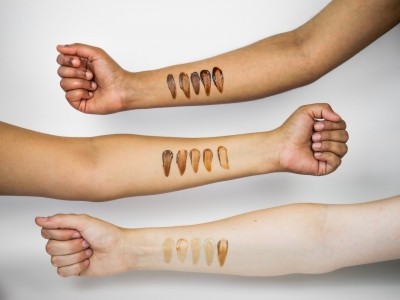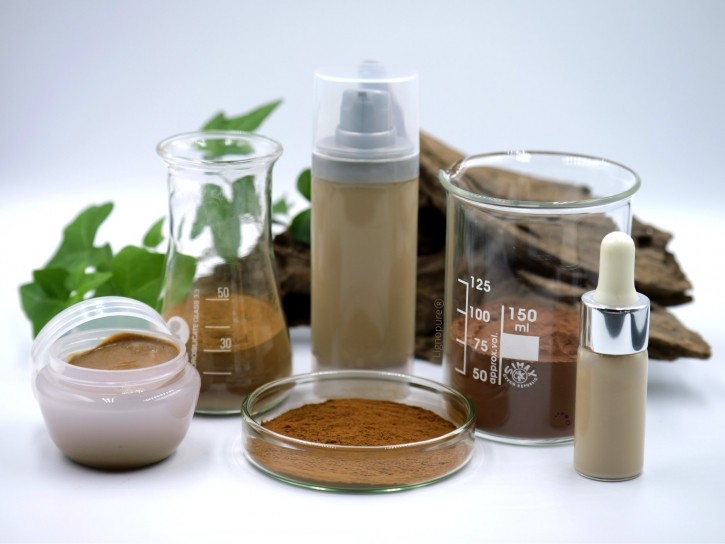Contents
- 1 CosmeticsDesign-Europe: How do you expect your company to disrupt the cosmetics industry?
- 2 CDE: How could lignin be beneficial in cosmetics formulations?
- 3 CDE: How long did you work on this ingredient?
- 4 CDE: What kinds of challenges did you face in the development stage?
- 5 CDE: Congratulations on the new investment. How will this be used? What are your future plans?
Every fortnight we talk to a beauty and personal care industry startup about why it exists and how it plans to challenge or change the cosmetics industry…
Sustainable ingredients company Lignopure, which creates lignin-based ingredients for cosmetics formulations, recently raised €2.4m in equity capital to expand the business.
The green ingredients company sustainably converts and uses lignin, a natural polymer found in plants, as a bio-based raw material and alternative to fossil chemicals such as microplastics.
We spoke to Lignopure’s Gabriela Meza Armenta to find out more…
CosmeticsDesign-Europe: How do you expect your company to disrupt the cosmetics industry?
Gabriela Meza Armenta: For many years, research has pointed to lignin as a material with amazing properties, but due to its sturdy nature it was relegated as a by-product or waste from the ethanol and the pulp and carton industry.
Our ingredient, LignoBase tackles multiple needs of personal care consumers. From its natural, safe and sustainable aspects to oil-control, to antioxidant protection for the skin, formulation and SPF optimisation and skin evening thanks to its natural colour, it’s the ultimate skincare powerhouse.
We’re not just introducing a new ingredient; we’re challenging the status quo. By replacing harmful chemicals and reducing or replacing fossil-based harmful ingredients, our lignin-based solution is a beacon of hope for a more circular future.
CDE: How could lignin be beneficial in cosmetics formulations?
GMA: Its an upcycled ingredient line that uses the natural protective power of lignin, which has an antioxidant capacity that can safeguard the skin and the formulation from oxidative stress – extending product shelf life and preserving efficacy. It can also promote better skin due to its anti-ageing, antioxidant capacities.
The powder-format product comes in a variety of natural brown colours, so there’s no need for synthetic pigments, as it offers a palette of hues that harmonise with the skin’s undertones.
Each ingredient has a different plant of origin, which gives each one a distinctive undertone, perfect for different skin tones, as well as for different colour or tinted applications like blushes, concealers, hair care, makeup, and BB creams.
It also has oil-adsorption properties to give cosmetics a natural mattifying effect, providing a balanced and refined finish to multiple products.

CDE: How long did you work on this ingredient?
GMA: The company idea was born in 2018 with the goal of upcycling lignin for high-value applications, but it wasn’t until 2019 that our patented particle technology, R&D process and business concept got settled to create Lignopure.
It was during the business strategy conceptualisation in 2019 that the cosmetic industry came to the table due to the natural properties that lignin has. The team then started to work on LignoBase in 2019.
CDE: What kinds of challenges did you face in the development stage?
GMA: The entire development stage was a challenge. This was because we were attempting to do something that the cosmetic industry has never seen before, an upcycled lignin-based ingredient. So basically, we needed to design the complete development and create specific systems to achieve an ingredient with the purest quality that could retain the natural properties of lignin. This meant we had to be careful to have raw materials and processes that wouldn’t damage the natural structure of lignin. This gave us an incredible lignin expertise and helped us create our patented particle technology.
We also had to source the best quality materials in terms of properties and sustainability.
The next challenge was to understand how the materials behave in cosmetic formulations. There were no ingredients like ours on the market, so we couldn’t rely on past documentation or standard formulations. This has been a great effort and commitment from our cosmetic development team as well as our CPO.
The last challenge is the fact that being a new ingredient, there is excitement in the industry, but also a lack of understanding. So, a lot of education needed to come into place. For this reason, commercially we have focused on talking and explaining what lignin is to cosmetic professionals, detailing its amazing properties and how it can boost their products.
CDE: Congratulations on the new investment. How will this be used? What are your future plans?
GMA: This investment will help us in many areas, from production optimisation to portfolio expansion to conducting tests for properties that we didn’t know our ingredients have.
Commercially speaking, the investment will help us to open important regions like APAC, as well as help us support our partners and manufacturers that are developing new formulas and reach new companies too.

